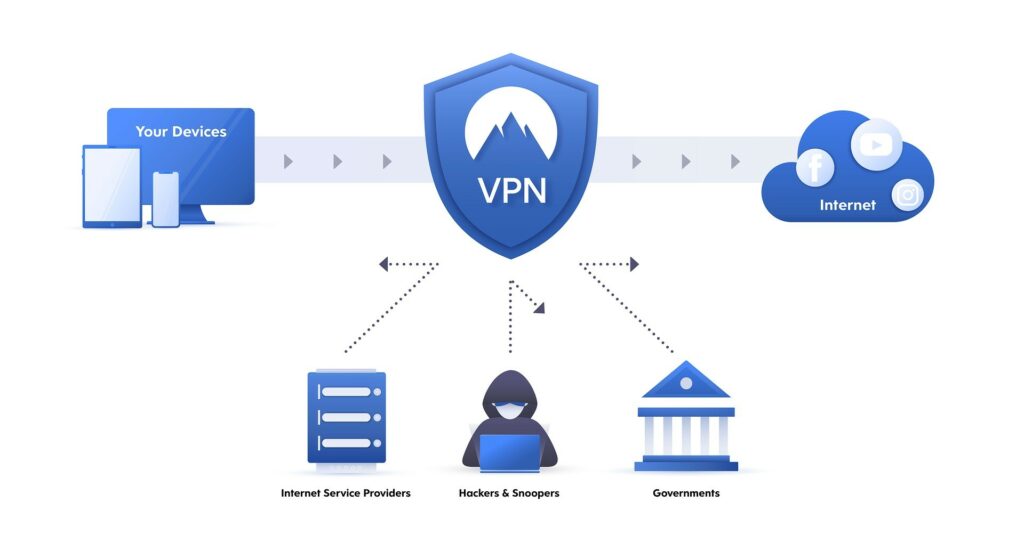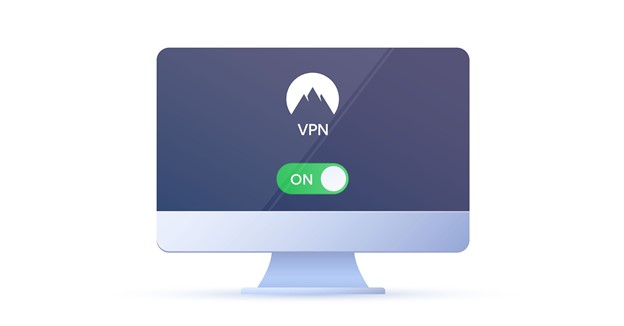Note: This is a guest post by Abroo Murtaza. We are thankful to her for contributing to our blog.
What Should You Know About IP Networking?
IP networking is all about a communication network that uses the IP protocol to send and receive messages between the two systems. As one of the most commonly used global networks, an IP network is implemented in Internet networks, local area networks (LAN), and enterprise networks. The IP network contains IP addresses. An IP address is a string of numbers assigned to the latest mobile devices, computers, routers, servers, and many other connected devices, including websites. It seems like a regular address that pinpoints the device’s location and systems in the network around the globe. IP addresses are used in the TCP/IP Protocol to help devices, routers, and servers communicate.
Each host is assigned with the latest logical IP address, making it different from other nodes and initiating data communication with other hosts. IP network correspondence happens when a host sends an information bundle to another host by tending to its IP address. Also, the beneficiary recognizes the sender by its IP address. Additionally, an IP network necessitates that every associated gadget, e.g. servers, switches, routers, and different widgets – be configured with the TCP/IP suite and have a substantial IP address to play out any organization correspondence.
Here are a few necessary things you need to know about IP networking, which are as below.
- IP Networking contains Binary bits
IP addresses used in IP networking are made up of 32 bits. We mostly imagine that the IP networking addresses are like 1.1.1.1, but they are translated into eight binary bits. And each binary set represents only the numbers zero through 255. Due to this, the IP addresses can range only from 0.0.0.0.0 to 255.255.255.255. The IP address 255.255.255.255 is called the quotable ones” network because, in binary, it is represented by 32 numeral ones (1s). The all-ones address is used to send a packet to all devices on all networks (as long as it isn’t stopped by a router first). The IP addresses for the IP networking systems are always unique for every device. The two devices have the same IP addresses, and it causes the IP addresses conflict. In such situations, either the machine or both the devices will not work on the lessons. The preventions of address duplication are mostly considered and easing the administrative burden of static IP addressing.
- IP Addresses are of Various Types
There are several different IP addresses such as Dynamic, Static, Public, Private, Shared, Dedicated, and Loopback.

- Public vs Private IP Addresses
In IP networking, there are two types of IP addresses – Private and Public. The Private IP addresses for IP networking are part of a reusable pool set aside by the Internet Engineering Task Force for individual networks. These addresses begin with “10.”, “172.16.”, and “192.168.” These IP addresses are merely pertinent to your corporate or local area network. To convey across the Internet, PCs need a public IP address. This location is universally extraordinary, so it can’t be equivalent to some other on the planet. Looking into your IP setup data in Window settings will regularly restore your private location, which can’t be reached through the Internet. You’ll have to utilize an administration to decide your public IP address as allocated by your Internet specialist co-op (ISP).
Note: Both Public and Private / Internal and External IPs can work together.
Both the public and private IPs have their modem. Each of the routers will have its own Private AND Public IP address. In case both the public and private sectors use a Linksys router, the two of them will have a similar secret location for their switch. What will be distinctive is their public IP address.
The greatest gadgets communicate with the Internet with the assistance of something many refer to as Network Access Translation NAT. NAT assists the organization in interpreting the public location to all the various private sites inside an organization. That is the way every gadget is getting the right data for the cycle it’s doing. The screen capture beneath is an incredible perception of how this functions.
Summing Up!
The IP networking systems have made the systems possible to connect by having unique IP addresses for making them unique from others. It also helps keep the systems safe and sound with the logical worth workings worldwide for the safest connectivity and networking.
Abroo Murtaza
Latest posts by Abroo Murtaza (see all)
- What Should You Know About IP Networking? - February 7, 2021

You absolutely know how to keep your readers interest with your witty thoughts on that topic. I was looking for additional resources, and I am glad I came across your site. Feel free to check my website Article Home about SEO.